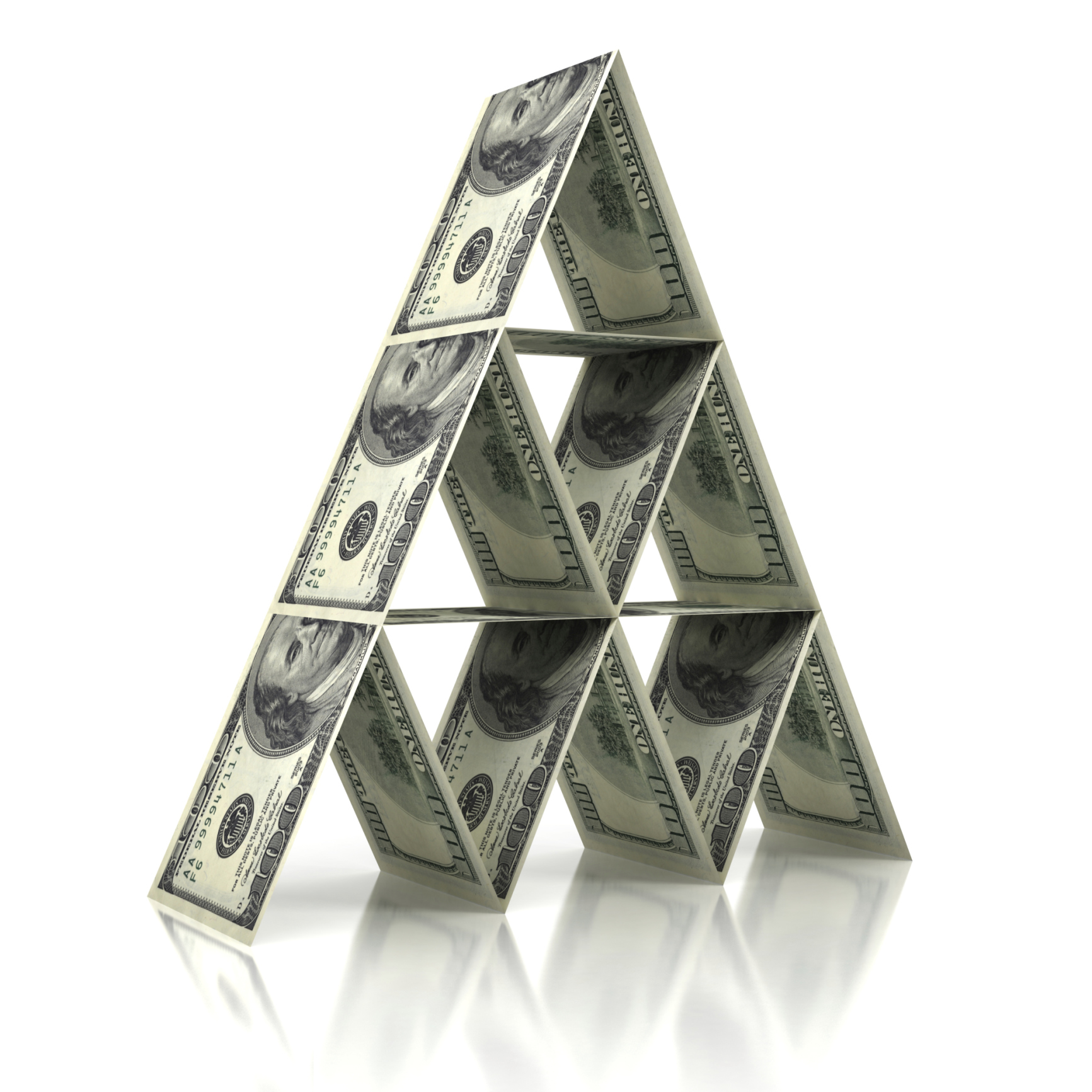Banking, finance, and taxes
Corporate Credit Outlook Worst Since Financial Crisis: S&P

Published:
Last Updated:

The outlook for global corporate credit is anything but rosy for 2016, according to ratings agency Standard & Poor’s. Last year ended with a negative bias of 11%, the worst since the 2008-2009 financial crisis, and S&P said the data suggests “that downgrades may significantly outnumber upgrades during 2016. Investment grade (BBB- or better) ratings remained on about 40% of corporate debt, a level that has been maintained since early 2013.
S&P attributes the negative trend in investment grade ratings to “more new corporate ratings being in lower rating categories.” That may provoke a “duh” reaction, but the implication is that higher rated debt is not being replaced as it matures.
As evidence S&P notes that B ratings now account for the largest share of the total, with 35% of all corporate issuers, compared with just 28% of issuers a decade ago. In North America, 42% of all issuers are rated B. The average long-term corporate credit rating now falls between BB+ and BB, compared with an average rating of BBB 20 years ago.
For U.S. issuers in 2016, S&P is “cautious”:
Our credit outlook for U.S. corporate issuers is cautious going into 2016, reflecting mostly stable rating trends and a rising negative outlook bias. The commodity sectors and leveraged finance remain most vulnerable, while investment-grade issuers face risks from mergers and acquisitions (M&A) and the resulting pressures on credit metrics. Investors’ cooling appetite for risky securities and rising interest rates could also spur tighter lending conditions. We believe credit risks are rising as the corporate credit cycle worsens. Corporate issuers can achieve only so much margin improvement solely through cost-cutting, in our view, so they will need stronger revenue growth to survive this credit cycle. We expect the U.S. corporate trailing-12-month speculative-grade default rate to rise to 3.3% by September 2016, from 2.5% in September 2015 and 1.6% in September 2014.
S&P defines net outlook bias as positive minus negative CreditWatch and outlooks as a percentage of total issuers.
The full report has several charts and more detail on other regions.
Thank you for reading! Have some feedback for us?
Contact the 24/7 Wall St. editorial team.